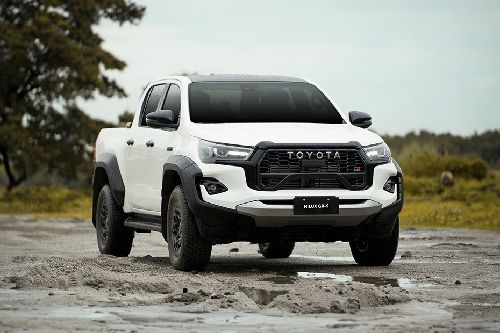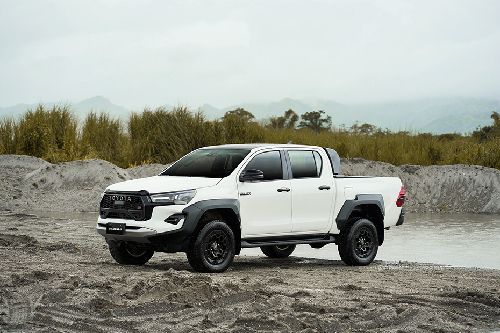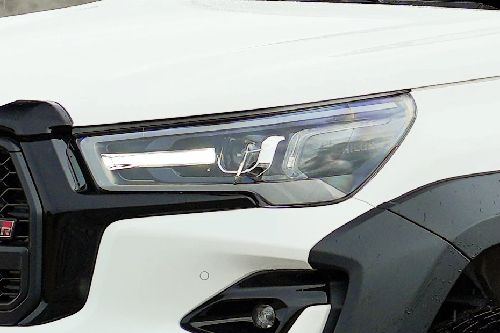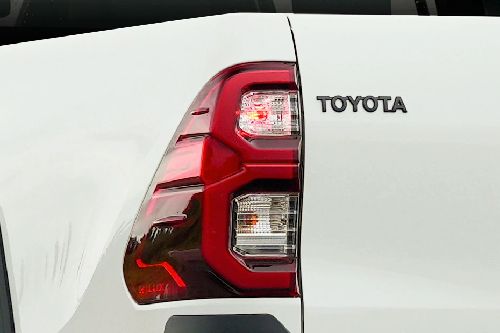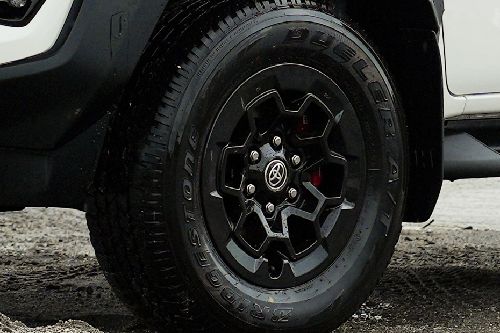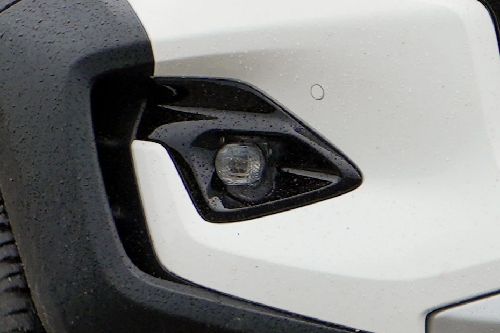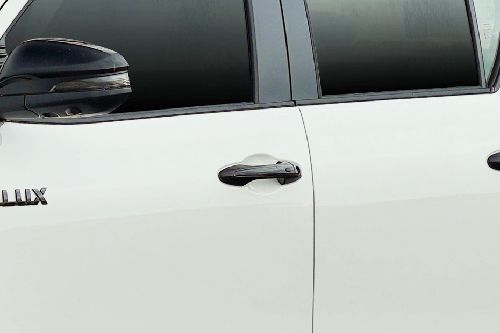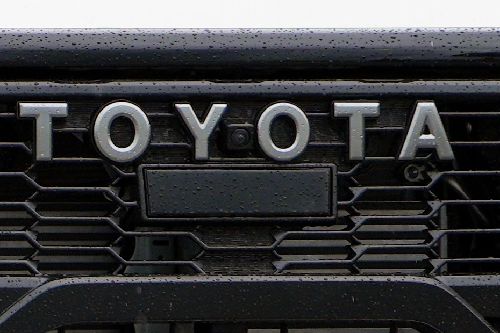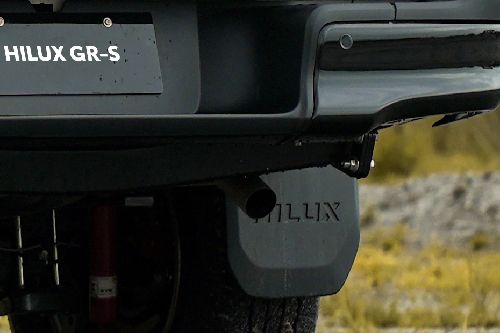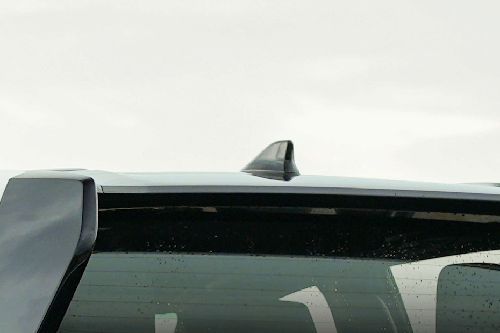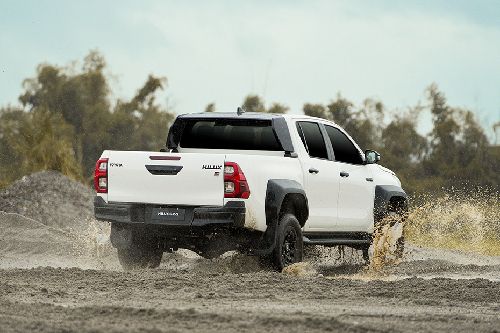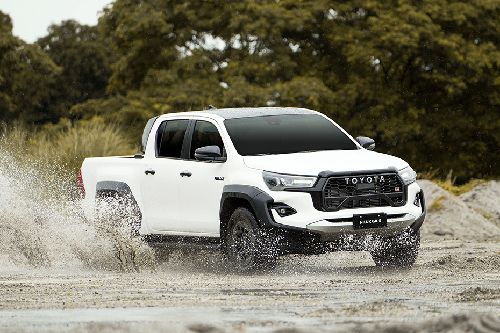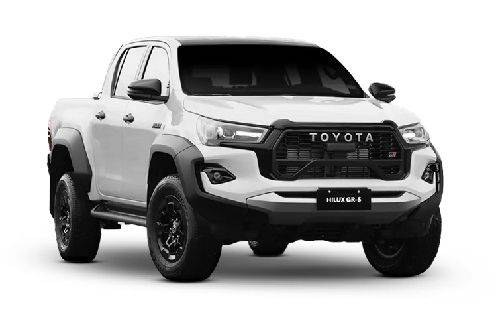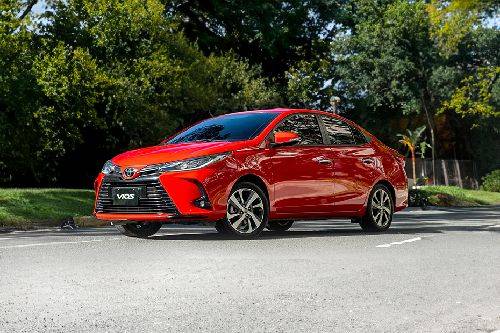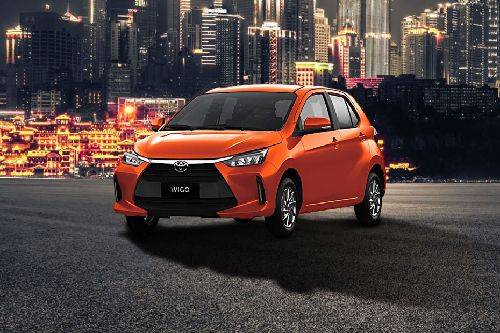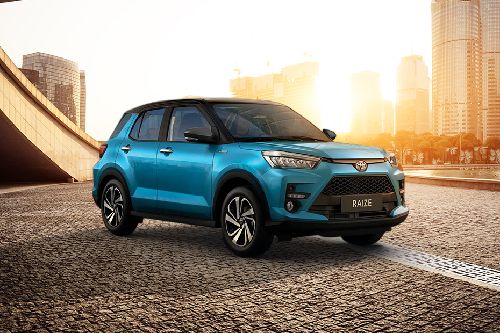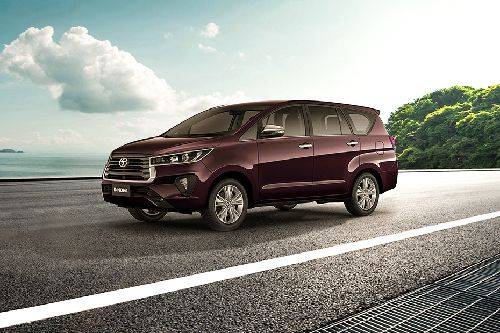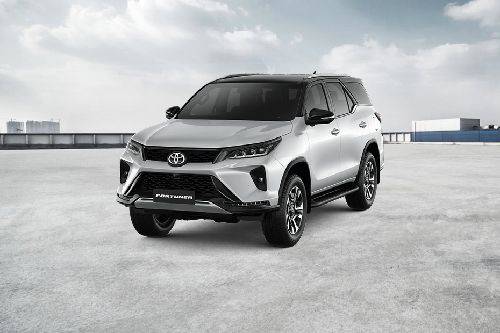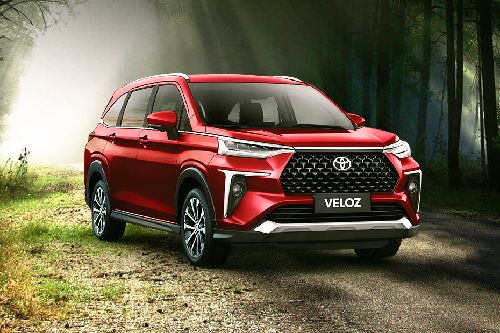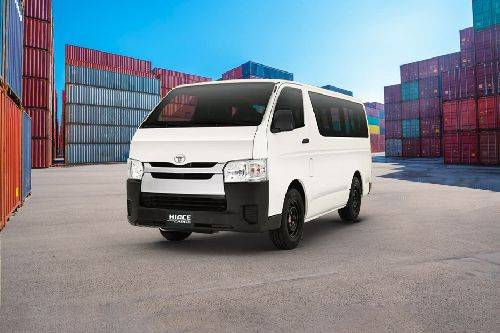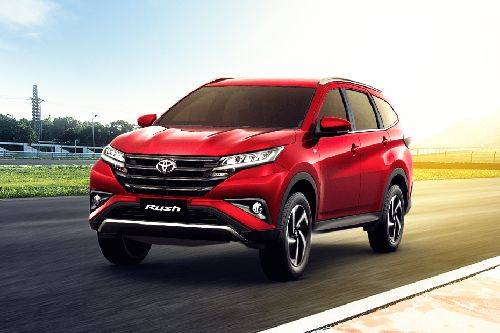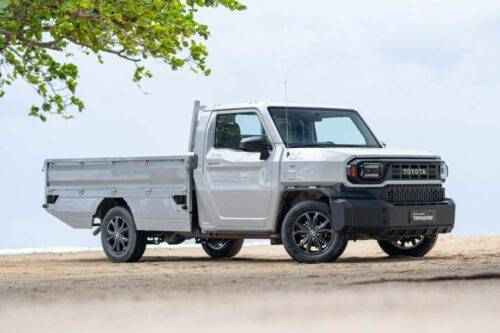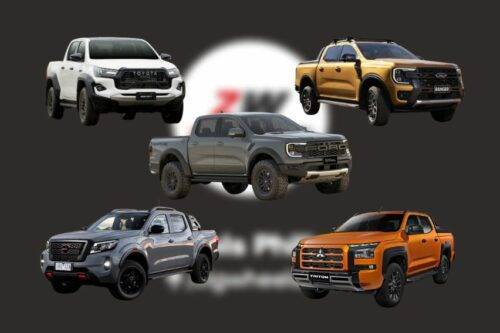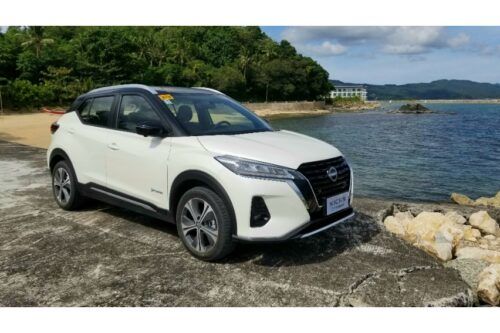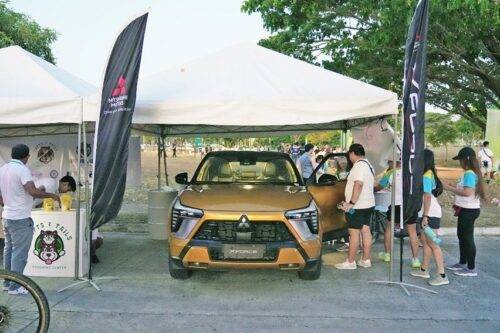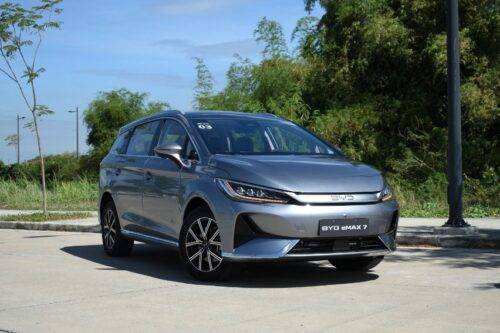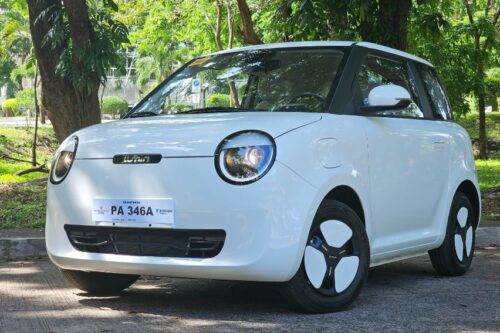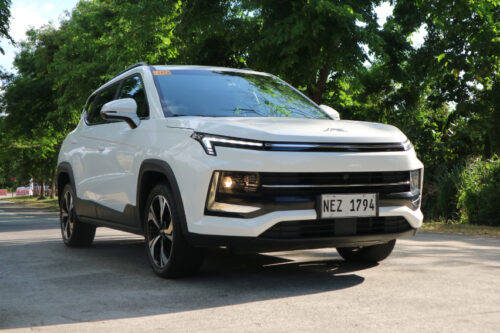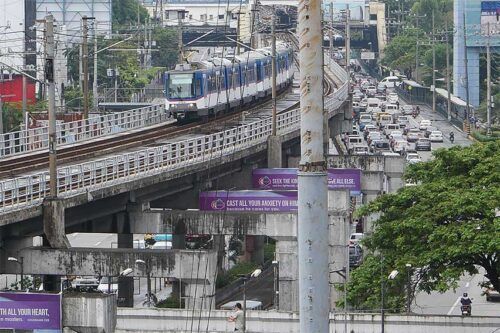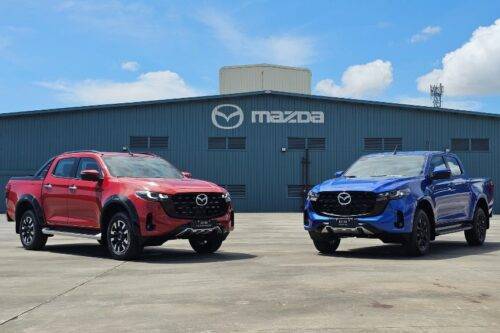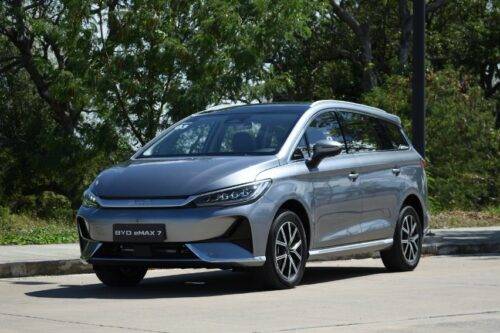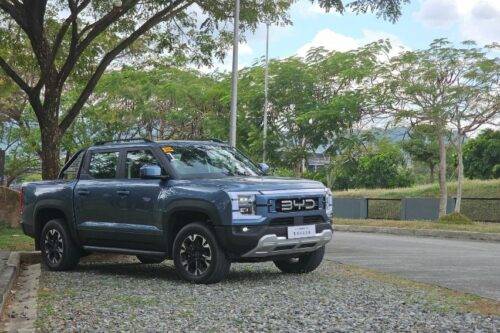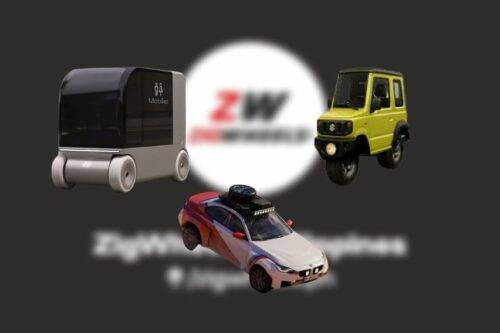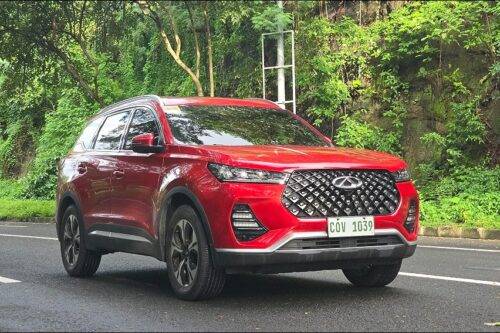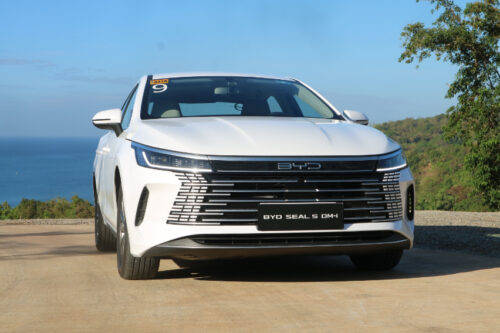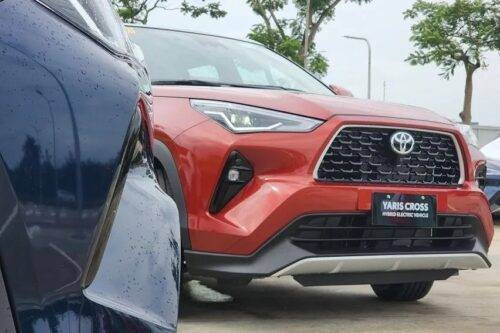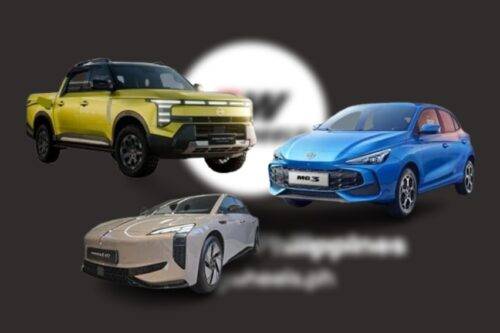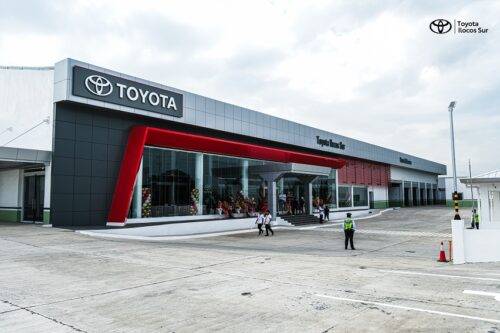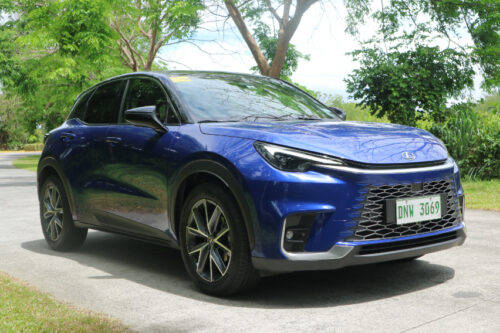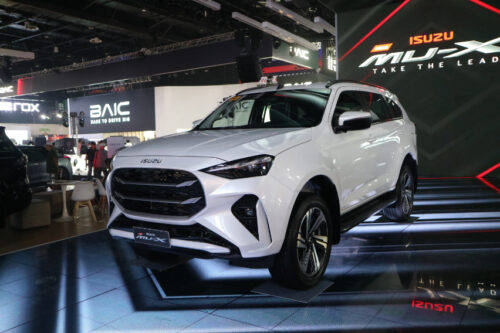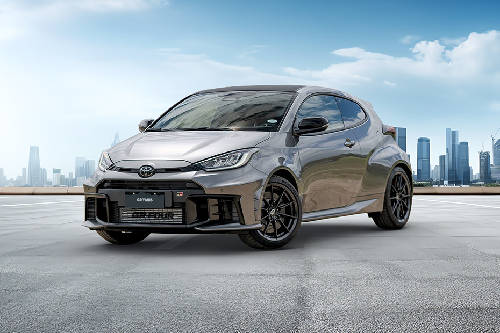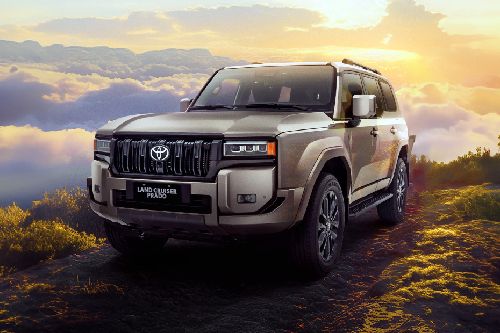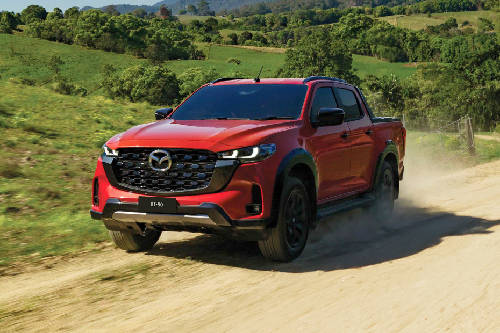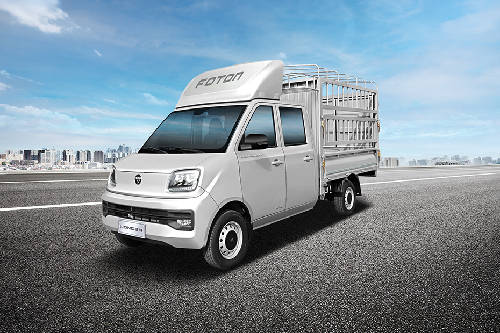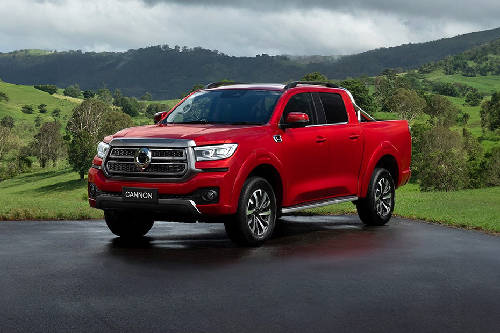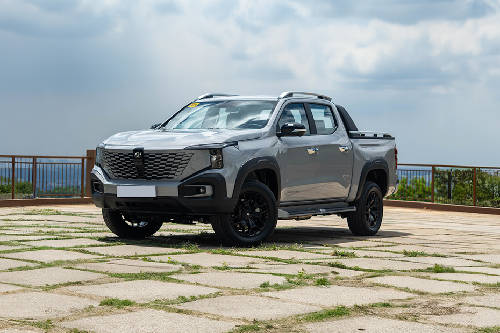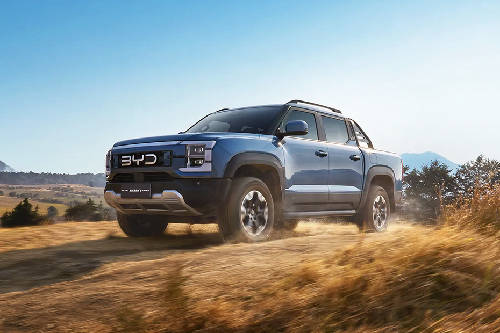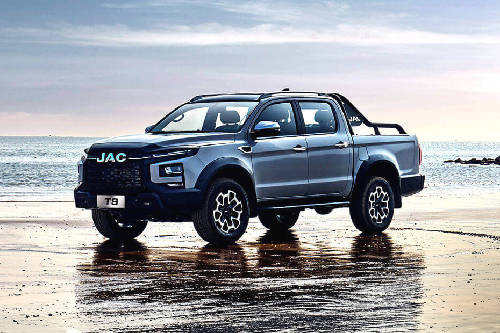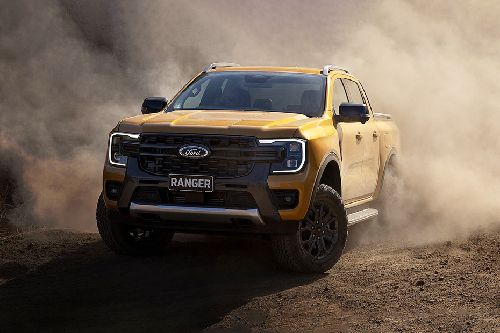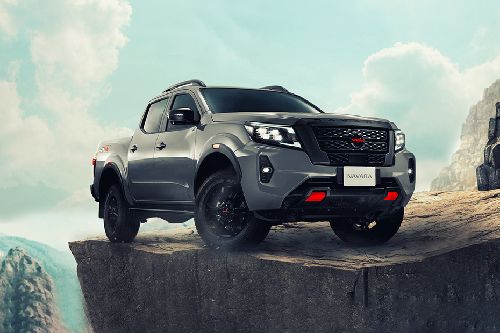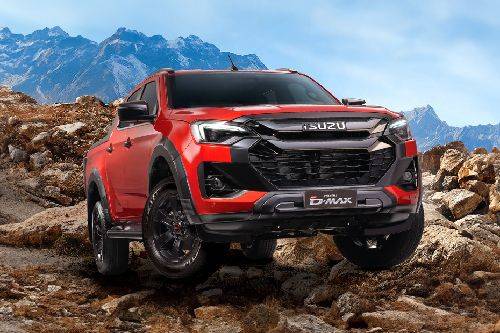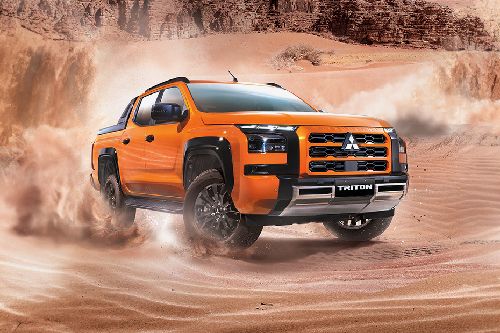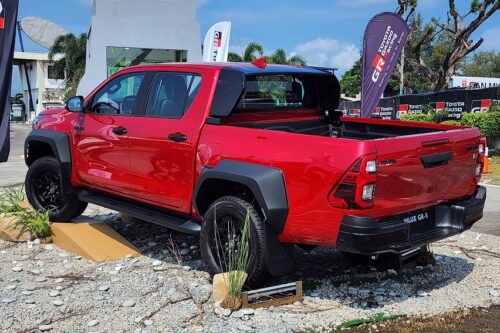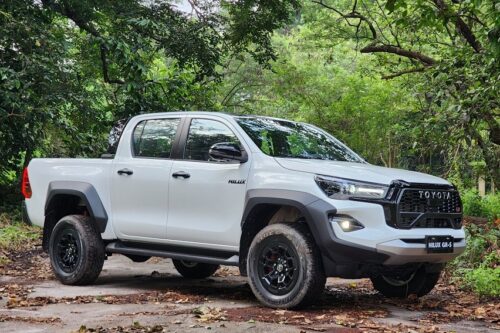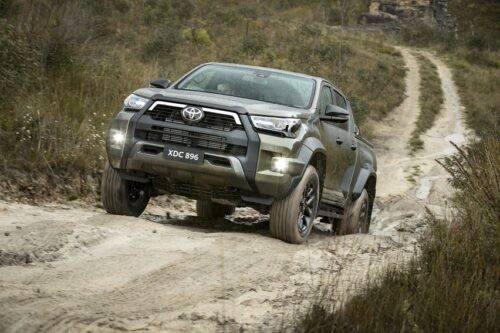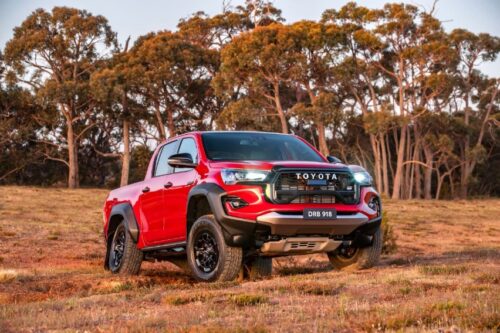Just how versatile is the Toyota Hilux?
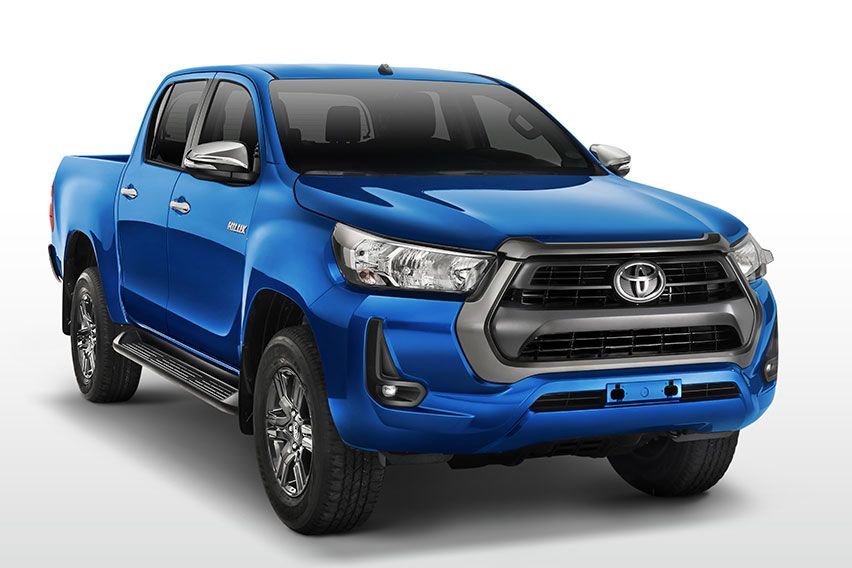
While it started out as such a dependable workhorse in the late ‘60s, in the last four decades the Toyota Hilux has become more of a lifestyle vehicle for the younger market looking for a tougher everyday vehicle.
But that’s not to say the Toyota Hilux has lost its touch when it comes to doing the dirty work pickup trucks are known for.
Which is why we’ll talk about the unsung heroes of this Toyota nameplate, the other variants so to speak that make up the backbone of small businesses, big enterprises, our infrastructure, and even agriculture.
That’s right, the Hilux was there for those big-ticket victories like constructing a major bridge and even the small wins like your repairman coming over to fix your fiber connection.
It is time to put the spotlight on the Hilux J, FX, Cab & Chassis, and the new Cargo.
To say that the Hilux is versatile would be probably be the biggest understatement of two centuries.
With a deck that is 1,555mm long and 1,54mm wide, which translates to about five feet long by five feet wide, you can haul just about anything and everything, and I’ve actually seen people try and succeed.
All these four variants of Hilux use the 2GD-FTV diesel engine that was developed in response to needs for cleaner engines both in developed countries where more stringent emissions standards are being enforced and in emerging countries where emissions standards are expected to be strengthened. Along with the 1GD-FTV, it adopted next-generation advanced thermal insulation diesel combustion that uses Thermo Swing Wall Insulation Technology (TSWIT) for the first time in the world. Working with the turbocharger that Toyota helped develop, TSWIT enables maximum thermal efficiency of 44%, one of the highest in the world. It offers significantly enhanced environmental performance, such as an approximately 15% reduction in CO2 emissions at maximum. In terms of power performance, the starting torque and acceleration response have been dramatically improved. Also, the adoption of the urea Selective Catalytic Reduction system, a Toyota first, and other features clear Euro 6, the world’s most stringent emissions standard, as well as Japan’s emissions standards and other regulations.
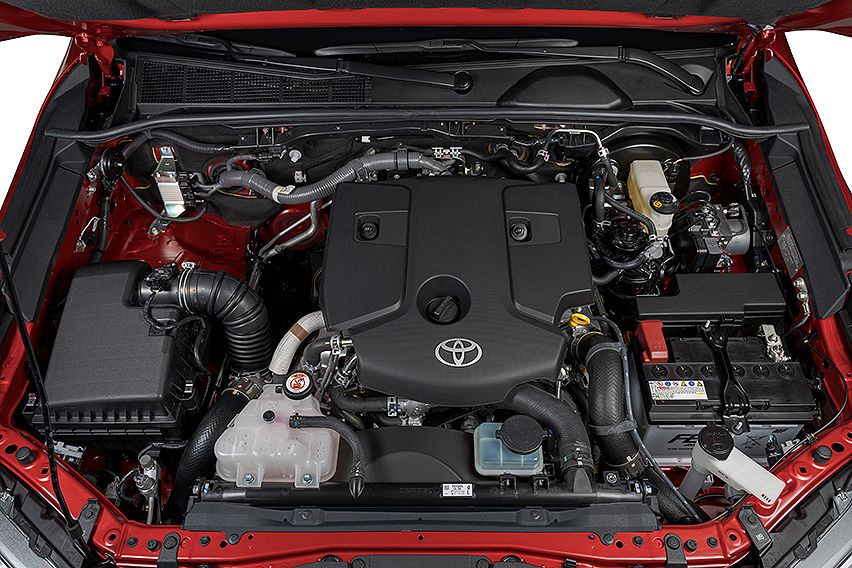
It has a 2.4L displacement with two power ratings. For the J 4x4 MT (six -speed manual transmission) it delivers 148hp and 400Nm of torque, but for the J 4x2 MT, FX, Cab & Chassis, and Cargo, it sends 148hp and 343Nm of torque to a five-speed MT.
All the four variants are colored white, have front double wishbone double wishbone suspension and leaf spring rigid axle in the rear, ventilated disc brakes in front and drum brakes in the rear, multi-reflector halogen headlamps, halogen bulb rear combination lamps, manual adjust sideview mirrors, Anti-lock Braking System, driver + front passenger + driver knee airbags, power steering, and an immobilizer.
Share cabin equipment among all variants include urethane steering wheel, illuminated entry system, manual control air-conditioning system, a 2DIN entertainment system with AM/FM radio + Bluetooth + USB + Aux-in + CD, two speakers and one 12V accessory outlet on the center cluster.
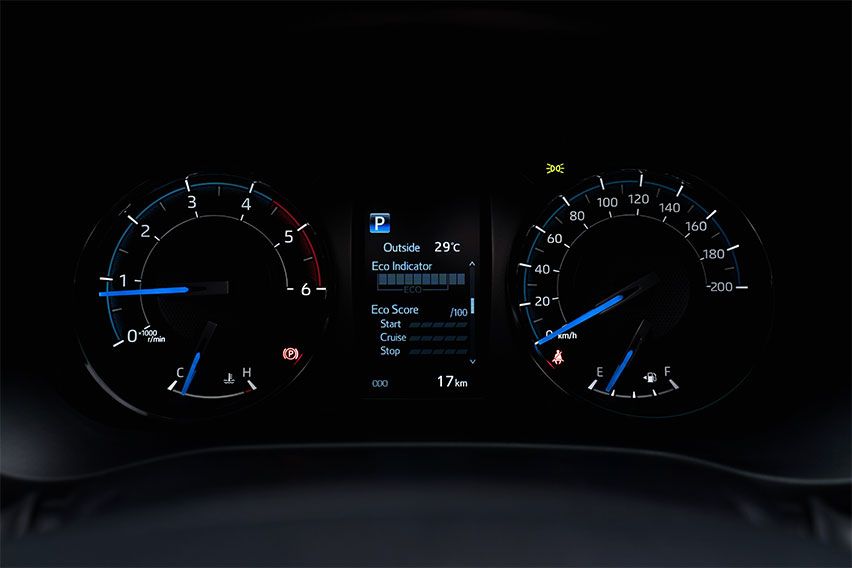
Both J variants have the same length and width but the 4x4 trim comes out taller by 15mm. Payload capacity is 910 kilos for the 4x4 and 1,055 kilos for the 4x2. Seating capacity is five persons.
Steel wheels on the 4x4 J are 17-inches while the other three use 15-inch wheels.
Exclusive to both J trims are intermittent windshield wipers, front and rear mud guards, fabric seats, six-way manually-adjustable driver’s seat and four-way adjustable front passenger’s seat, a tilt and telescopic steering wheel, two three-point ELR (emergency locking retractor) seatbelts with pretensioner and force limiter in front and three three-point ELR seatbelts in the rear.
Only the 4x4 J trim comes with Eco and Power drive mode selection, auto disconnect differential, and a differential lock.
The FX, Cab & Chassis, and Cargo trims share a tilt-only steering column, six-way manually-adjustable driver’s seat and two-way adjustable passenger’s seat, and two three-point ELR (emergency locking retractor) seatbelts with pretensioner and force limiter in front.
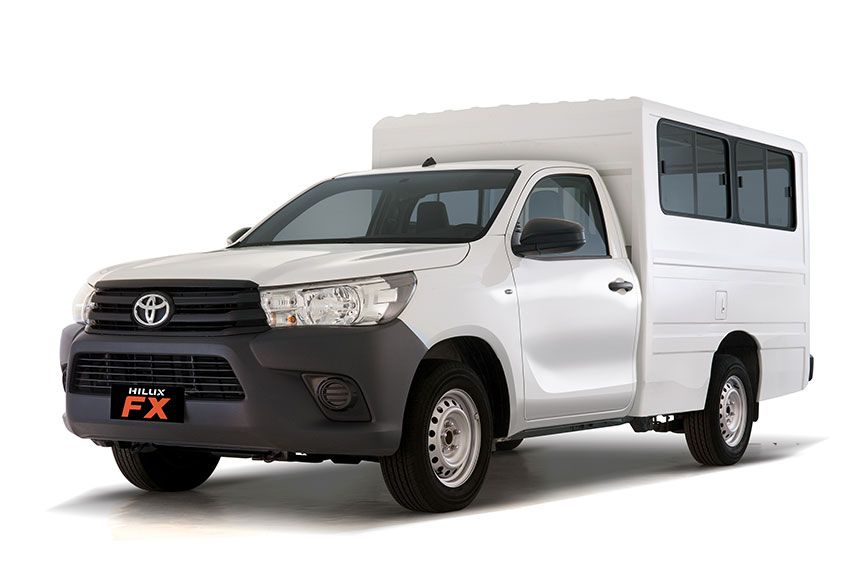
The Hilux 2.4 4x4 J MT is priced at P1.148 million; the Hilux 2.4 4x2 J MT is priced at P952,000; the Hilux 2.4 4x2 FX w/ Rear Aircon MT is priced at P1.057 million; the Hilux 2.4 4x2 FX w/o Rear Aircon MT is priced at P1.029 million; the Hilux 2.4 4x2 Cargo MT is priced at P936,000; and the Hilux 2.4 4x2 Cab & Chassis MT is priced at P843,000.
Photos from Toyota Motor Philippines
Sell your car at the best price
 Verified and genuine buyers
Verified and genuine buyers
-
Explore Toyota Hilux
Toyota Hilux₱891,000 - 2.164 Million Emi Starts : ₱15,285 x 60
Toyota Car Models
Don't Miss
Toyota Hilux Promos, DP & Monthly Installment
Trending & Fresh Updates
- Latest
- Popular
You might also be interested in
- News
- Featured Stories
Toyota Featured Cars
- Latest
- Upcoming
- Popular
Compare & Recommended
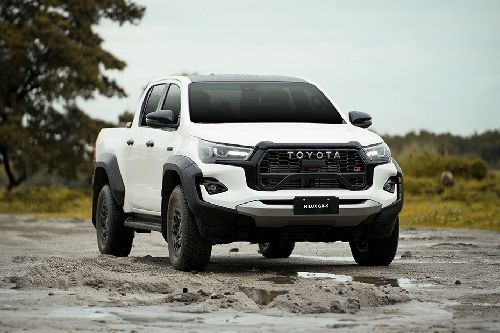
|
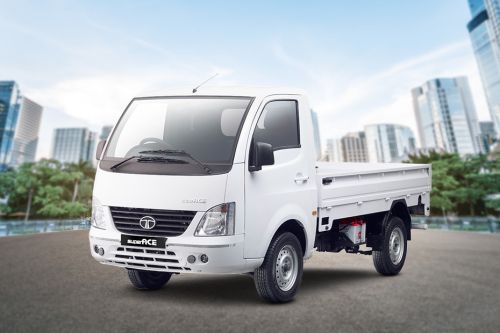
|
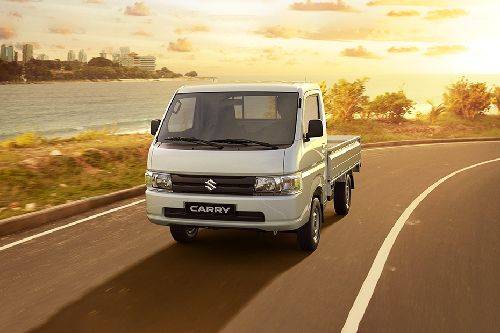
|
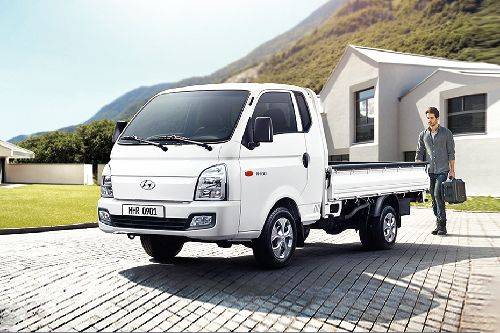
|
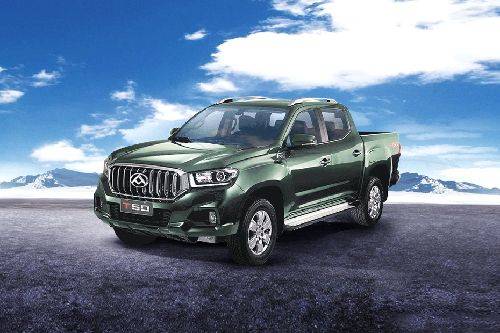
|
|
Fuel Type
Diesel
|
Diesel
|
Gasoline
|
Diesel
|
Diesel
|
|
Engine
2393
|
1396
|
1462
|
2497
|
2776
|
|
Power
148
|
70
|
95
|
128
|
148
|
|
Torque
343 Nm
|
140 Nm
|
135 Nm
|
255 Nm
|
360 Nm
|
|
Power Steering
Yes
|
Yes
|
Yes
|
Yes
|
Yes
|
|
Front Brake Type
Ventilated Discs
|
Discs
|
Ventilated Discs
|
Ventilated Discs
|
Discs
|
|
Alloy Wheels
No
|
No
|
No
|
Yes
|
Yes
|
|
Air Conditioner
Yes
|
No
|
Yes
|
Yes
|
Yes
|
|
Adjustable Seats
Yes
|
Yes
|
-
|
Yes
|
Yes
|
|
Adjustable Headlights
Yes
|
Yes
|
Yes
|
Yes
|
Yes
|
|
|
Trending Pickup Trucks
- Latest
- Upcoming
- Popular
Toyota Hilux Car Articles From Carmudi
- journal

